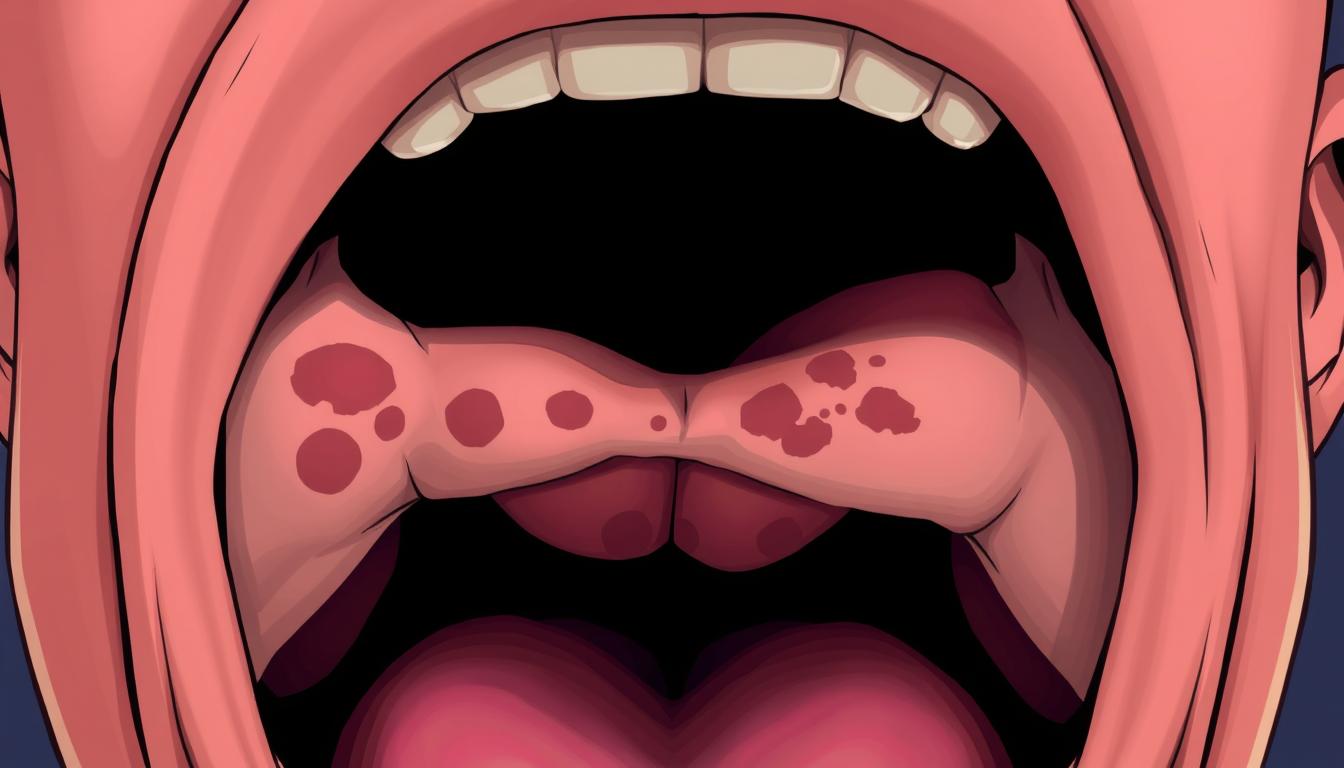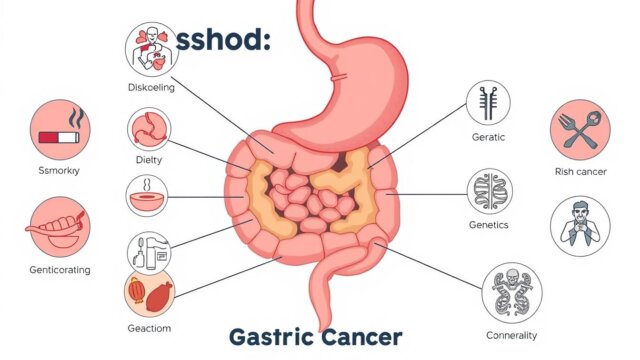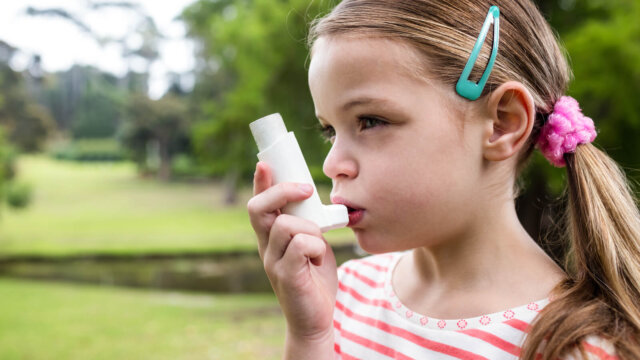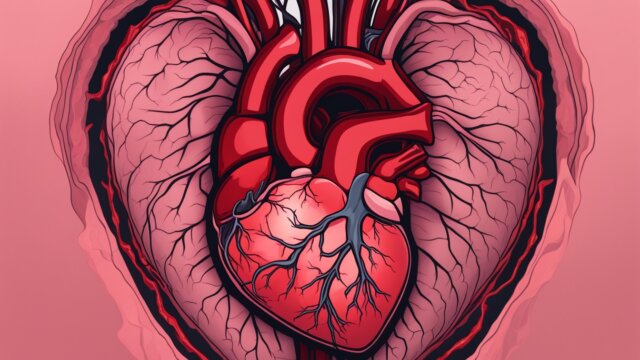FTC disclaimer: This post may contains affiliate links and we will be compensated if you click on a link and make a purchase.
More than 50,000 people in the U.S. get oral cancer each year. In 2023, over 54,000 people in the U.S. were diagnosed with oral cancer. This disease, also called mouth cancer, can harm your health if not caught early. It’s important to know the symptoms and risks of mouth cancer to stay healthy.
Oral cancer starts in the lips, gums, tongue, cheeks, floor of the mouth, or roof of the mouth. It usually begins in the squamous cells that line the inside of your mouth. These cells grow abnormally due to DNA mutations, forming a tumor. This tumor can spread to nearby lymph nodes and other parts of the body.
Key Takeaways
- Oral cancer is a serious condition that affects the mouth, lips, tongue, and other areas of the oral cavity.
- More than 50,000 people in the U.S. are diagnosed with oral cancer each year, and the number is estimated to exceed 54,000 in 2023.
- Oral cancer typically originates in the flat, thin cells lining the inside of the mouth, known as squamous cells.
- Early detection is crucial, as the 5-year survival rate for oral cancer drops significantly if the disease has spread to nearby tissues or lymph nodes.
- Regular oral cancer screenings, especially for those at high risk, are recommended to catch the disease in its early, most treatable stages.
What is Mouth Cancer?
Mouth cancer, also known as oral cancer, starts in the mouth. The most common type is squamous cell carcinoma. It grows in the thin cells inside the mouth and lips. Other types include salivary gland cancers, lymphomas, and sarcomas.
Definition and Types
Mouth cancer can happen anywhere in the mouth. This includes the lips, tongue, gums, and more. Most people get diagnosed with it when they’re 63 years old. About 20% of cases are in people under 55.
Locations in the Oral Cavity
Oral cancers can appear in different parts of the mouth. This includes the lips, tongue, and gums. Every year, about 54,000 new cases happen in the U.S..
Oral cancer often affects people over 40. It hits men more than twice as often as women.
Risk Factors for Mouth Cancer
Mouth cancer is a serious disease that can be deadly if not caught early. Knowing the main risk factors is key to preventing and treating it.
Tobacco and Alcohol Use
Tobacco use, like cigarettes or chewing tobacco, greatly increases mouth cancer risk. Smoking or using oral tobacco can lead to cancers in the cheek, gums, and lips. Long-term users are especially at risk.
People who keep using tobacco after cancer treatment face a higher risk of getting another cancer.
Drinking a lot of alcohol also raises the risk of mouth and throat cancers. Heavy drinkers are at a higher risk than light drinkers. Smoking and drinking together can increase the risk by up to 30 times.
Betel Quid and Gutka
In some areas, chewing betel quid or gutka is a big risk for mouth cancer. These habits are common in Asia and can lead to cancer.
Human Papillomavirus (HPV) Infection
HPV, especially type 16, is a growing risk for throat cancers, especially in young adults with many sex partners. HPV-related throat cancers are becoming more common, making this risk factor important to know.
Other risks include being overweight, older age, and certain genetic syndromes like Fanconi anemia. Good oral hygiene and a diet full of fruits and veggies can help lower the risk.
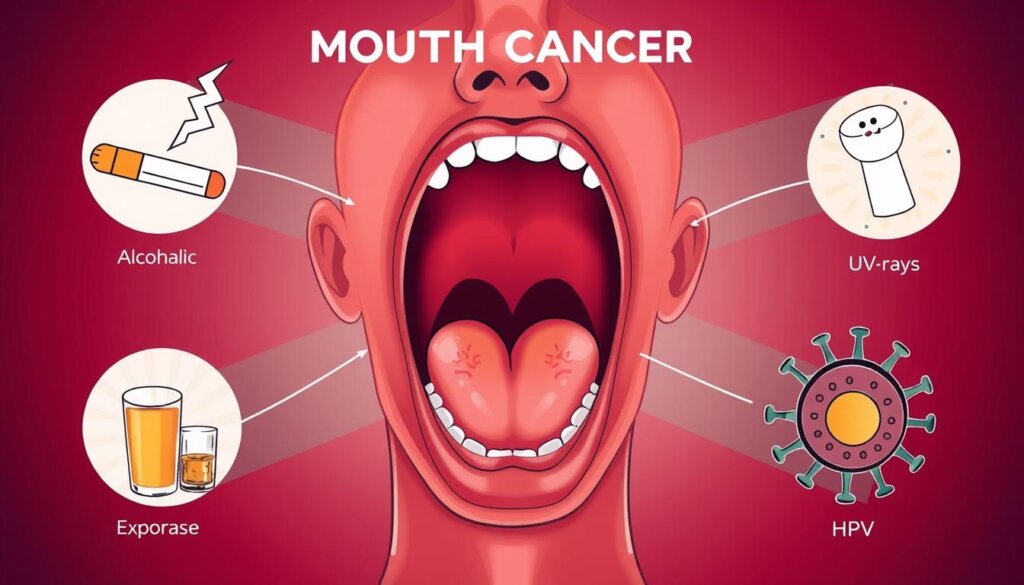
Knowing these risks and taking steps to avoid them can lower mouth cancer chances. Regular dental check-ups and quick action on oral health issues are key for early detection and prevention.
Mouth Cancer Symptoms
Mouth cancer can show up in many ways, like a sore or growth in the mouth. Common signs include a sore that won’t heal, white or red patches, loose teeth, and growth inside the mouth. You might also feel pain or have trouble swallowing, opening your mouth, or chewing.
Weight loss is another sign of mouth cancer. Most cases happen in people over 55.
Common Signs and Symptoms
- Persistent sore or growth in the mouth
- White or reddish patch inside the mouth
- Loose teeth
- Mouth pain
- Ear pain
- Difficulty or pain while swallowing, opening the mouth, or chewing
- Weight loss
If you have any of these problems for more than two weeks, see a doctor. Early detection can lead to better treatment and outcomes.
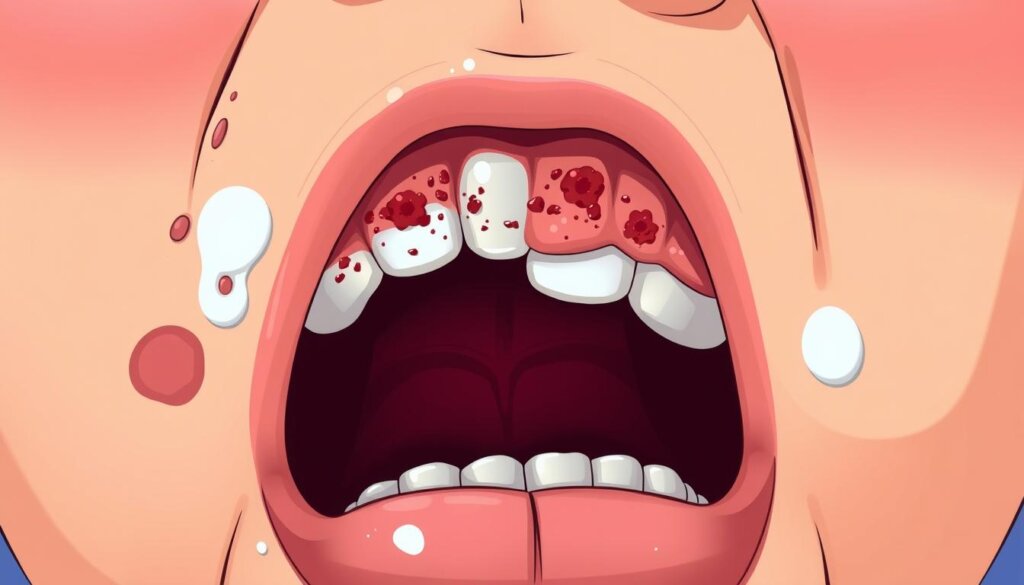
“Mouth cancer is an aggressive type of cancer that can affect the lips, tongue, or inner mouth, and it is often diagnosed at a late stage, leading to lower chances of successful treatment.”
Symptom | Description |
|---|---|
Persistent sore or growth | A sore or growth in the mouth that doesn’t heal within two weeks |
White or reddish patch | Abnormal discoloration on the inside of the mouth |
Loose teeth | Teeth that become loose for no apparent reason |
Mouth pain | Pain or discomfort in the mouth |
Ear pain | Unexplained pain in the ear |
Difficulty or pain while swallowing, opening the mouth, or chewing | Trouble with basic oral functions |
Weight loss | Unintentional weight loss that may accompany mouth cancer |
If you notice any of these symptoms, get medical help right away. Early detection can greatly improve treatment chances and outcomes.
Diagnosing Mouth Cancer
Diagnosing mouth cancer starts with a detailed physical check. Your doctor or dentist will look closely at your mouth, throat, and neck. They search for any unusual growths, sores, or color changes.
If they find something odd, they might suggest a biopsy. This means taking a small piece of tissue for a closer look under a microscope.
Physical Examination and Biopsy
The doctor or dentist will likely do an incisional biopsy. This is when they remove a small piece of the odd tissue for tests. Sometimes, they might use a fine needle aspiration (FNA) biopsy. This is to get cells from a neck lump or growth.
Then, they’ll check the biopsy samples. They want to see if cancer is there and what kind it is.
Staging and Imaging Tests
If cancer is found, the next step is to figure out its stage. Staging looks at the tumor’s size and spread. It also checks if nearby lymph nodes or distant organs are affected.
Imaging tests like CT scans, PET scans, and MRIs help. They give more details about the cancer’s size and where it is.
These tests are key for making a good treatment plan. They help understand what to expect and how to fight the cancer. Finding cancer early is very important. It can greatly improve treatment success and survival chances.
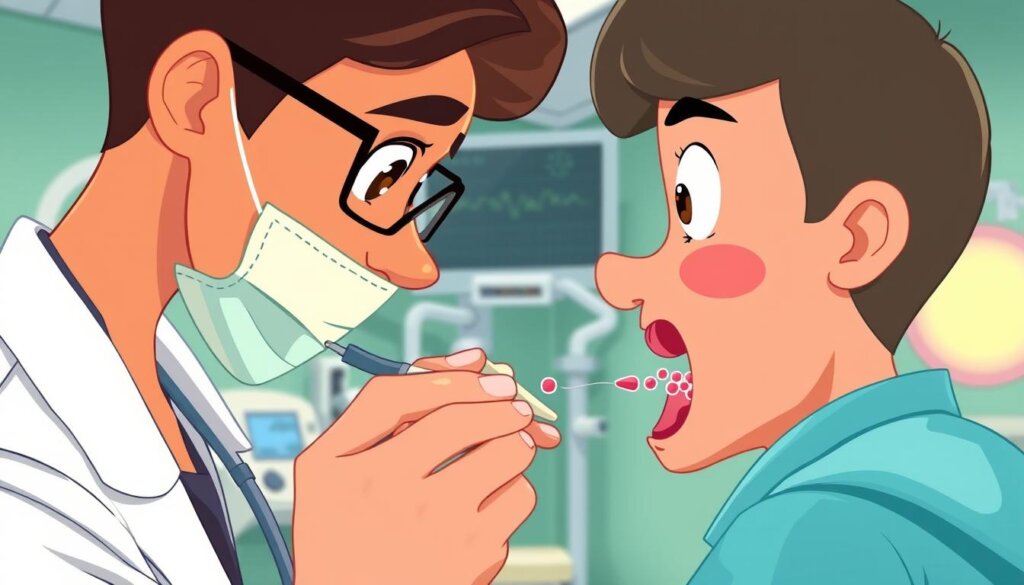
Mouth Cancer Treatment Options
Treating mouth cancer needs a plan that fits your situation. This includes surgery, radiation, chemotherapy, and immunotherapy. Each method has its own good points and possible downsides. It’s key to talk with your healthcare team to find the best way to treat you.
Surgery
Surgery is often the first step against mouth cancer. It might mean taking out the tumor or fixing the area. But, surgery can also lead to bleeding, infection, and changes in how you look or speak.
Radiation Therapy
Radiation therapy is used after surgery to kill any cancer left behind. It’s also used alone for some mouth cancers. But, it can cause dry mouth, tooth problems, and jaw damage.
Chemotherapy
Chemotherapy uses drugs to fight mouth cancer. It’s often paired with radiation therapy. Side effects can include nausea, vomiting, and hair loss.
Immunotherapy
Immunotherapy uses your immune system to fight cancer. Drugs like Cetuximab can cause side effects like skin rash and itching.
Depending on your cancer, you might need a mix of treatments. Your healthcare team will make a plan that suits you best.
“The key to successful mouth cancer treatment is a multidisciplinary approach that combines the expertise of surgeons, radiation oncologists, medical oncologists, and other healthcare professionals.”
Mouth Cancer and Age
Mouth cancer, also known as oral cancer, is a big health worry for older adults. The average age of those diagnosed is 64 years old. But, over 20% of cases happen to people under 55.
The number of mouth cancer cases is going up. This is mainly because of more cases linked to human papillomavirus (HPV). These HPV-linked cancers are more common in people under 50. Studies show that while it’s more common in older adults, it’s still a big worry for the young too.
Age Group | Incidence Rate (per 100,000 population) | Mortality Rate (per 100,000 population) |
|---|---|---|
20-44 years | 3.9 | 0.8 |
45-64 years | 18.8 | 4.7 |
65+ years | 29.0 | 10.6 |
The table shows how age affects mouth cancer rates. As people get older, their risk of getting and dying from it goes up a lot. Comprehensive cancer screening and early detection are key to better survival rates for everyone, especially older folks.
“Oral cancer is a big public health worry, hitting older adults hard. But it can affect anyone, and we must all be proactive in prevention and early detection to improve outcomes.”
In short, while mouth cancer is more common in older folks, it’s vital to know the risks and signs for all ages. Regular dental visits, avoiding tobacco and too much alcohol, and good oral care can lower risks and help catch it early.
Mouth Cancer and Ultraviolet (UV) Light Exposure
Sun exposure can lead to skin cancer, but it also raises the risk of mouth cancer, especially for lip cancers. UV light from the sun can harm lip cells, causing changes that may lead to mouth cancer.
UV light isn’t just a problem outside. It can also come from indoor devices, like those used in dental treatments. The World Health Organization calls UV radiation a complete human carcinogen, showing its strong link to cancer.
Oral cells are more vulnerable to UVB radiation than skin cells. This makes them more likely to get cancer from UV light. People who get a lot of UV light are at higher risk of mouth cancer.
Cancer Type | High UVR Exposure | Medium UVR Exposure | Low UVR Exposure |
|---|---|---|---|
Oral Cancer | 3.33 per 100,000 | 3.94 per 100,000 | 7.14 per 100,000 |
Pharyngeal Cancer | 52,880 cases | – | – |
Cervical Cancer | 71,209 cases | – | – |
Melanoma | 269,561 cases | – | – |
UVB light makes oral tissues more likely to get cancer than skin. A 39-year study showed UV light is linked to lower cancer rates in some areas. This is true for both White and Black people, showing we need to fight mouth cancer from UV light.
In short, people who spend a lot of time outside need to know about UV light and mouth cancer. Going to the dentist regularly and using lip balm with SPF can help prevent this serious cancer.
Mouth Cancer and Genetic Syndromes
Some genetic syndromes raise the risk of mouth and throat cancers early on. Fanconi anemia and dyskeratosis congenita are two such disorders. They make it more likely for people to get these cancers.
Fanconi Anemia
Fanconi anemia is a rare genetic condition. It causes blood issues and raises the risk of mouth and throat cancers. People with this condition often get these cancers much younger than others.
Dyskeratosis Congenita
Dyskeratosis congenita is another genetic condition. It leads to skin, nail, and blood problems. It also increases the risk of head and neck cancers, especially in the mouth and throat.
Other hereditary cancer syndromes also raise the risk of mouth cancer. Keeping your mouth clean, going to the dentist regularly, and avoiding tobacco and alcohol are key. These steps help lower the cancer risk for those with these conditions.
Mouth Cancer and Oral Health
Keeping your oral health in check is key to avoiding mouth cancer. Studies show that your mouth’s health can affect your risk of getting certain cancers. Bad oral hygiene and tooth loss can raise your cancer risk. This might be because of changes in mouth bacteria.
Good oral health is vital to lower your cancer risk and improve treatment results. Make sure to visit your dentist regularly. Brush your teeth twice a day for two minutes each time. Don’t forget to floss. Smoking and using smokeless tobacco harm your mouth and can make treatment less effective.
If you’re getting cancer treatment, taking care of your teeth is even more important. You might need to rinse your mouth more with salt or baking soda solutions to fight dry mouth. Wait at least 30 minutes to brush your teeth after vomiting to protect your enamel.
Talk to your cancer team before any dental visits during treatment. They can help with gentle dental tools and methods if your mouth hurts.
Keep up with your oral care routine after treatment. Brush, floss, eat healthy, and avoid tobacco to keep your teeth and overall health in check.
Early detection of mouth cancer can lead to a full recovery. Regular dental visits can catch this disease early. By focusing on your oral health, you can lower your mouth cancer risk and improve your life quality.
Conclusion
Mouth cancer is a serious disease that can be deadly. It’s important to be careful and catch it early. Knowing the risks, like tobacco and alcohol use, can help prevent it.
Going to the dentist regularly and checking yourself is key. This helps find mouth cancer early. Early detection can lead to better treatment and survival chances.
Oral cancer is a big problem worldwide. In 2012, it caused 300,000 new cases and 145,000 deaths. In the US, the number of cases varies, showing the need for action.
Even though mouth cancer is serious, there’s hope. Better treatments and awareness have helped many survive. By taking care of your mouth and getting help fast, you can help fight this disease.
FAQ
What is mouth cancer?
Mouth cancer, also called oral cancer, is a type of head and neck cancer. It forms in the oral cavity, which includes the lips, gums, tongue, and more. The most common type is squamous cell carcinoma, which starts in the flat, thin cells lining the inside of the mouth and lips.
What are the main risk factors for mouth cancer?
Main risk factors include tobacco use and heavy alcohol consumption. Chewing betel quid or gutka, HPV infection, and being overweight are also risks. Older age and certain genetic syndromes like Fanconi anemia increase the risk too.
What are the common symptoms of mouth cancer?
Symptoms include a sore that doesn’t heal and white or reddish patches inside the mouth. You might also experience loose teeth, mouth pain, and difficulty swallowing. Pain while opening the mouth or chewing is another symptom.
How is mouth cancer diagnosed?
A doctor or dentist will do a physical exam first. If they find something abnormal, they might take a biopsy. This involves taking a small sample for testing. More tests like CT scans and MRIs might be needed for further staging.
What are the treatment options for mouth cancer?
Treatment depends on the cancer’s location and stage. It might include surgery, radiation therapy, chemotherapy, or immunotherapy. Often, a mix of these treatments is used, with surgery being the main approach for tumors that are localized.
How does age impact the risk of mouth cancer?
Oral cavity and oropharyngeal cancers are more common in older adults, with an average age of 63. Yet, over 20% of cases happen in those under 55, especially for HPV-related oropharyngeal cancers.
How does UV light exposure impact the risk of mouth cancer?
Lip cancers are more common in people with outdoor jobs exposed to sunlight and UV light. UV light from the sun is a risk factor for lip cancer.
What genetic syndromes are associated with mouth cancer?
Certain genetic syndromes like Fanconi anemia and dyskeratosis congenita greatly increase the risk of mouth and throat cancers at a young age.
How does oral health impact the risk of mouth cancer?
The health of the mouth, teeth, and gums may affect the risk of oral cavity and oropharyngeal cancers. Poor oral hygiene and tooth loss have been linked to a higher cancer risk. This might be due to changes in mouth bacteria.
